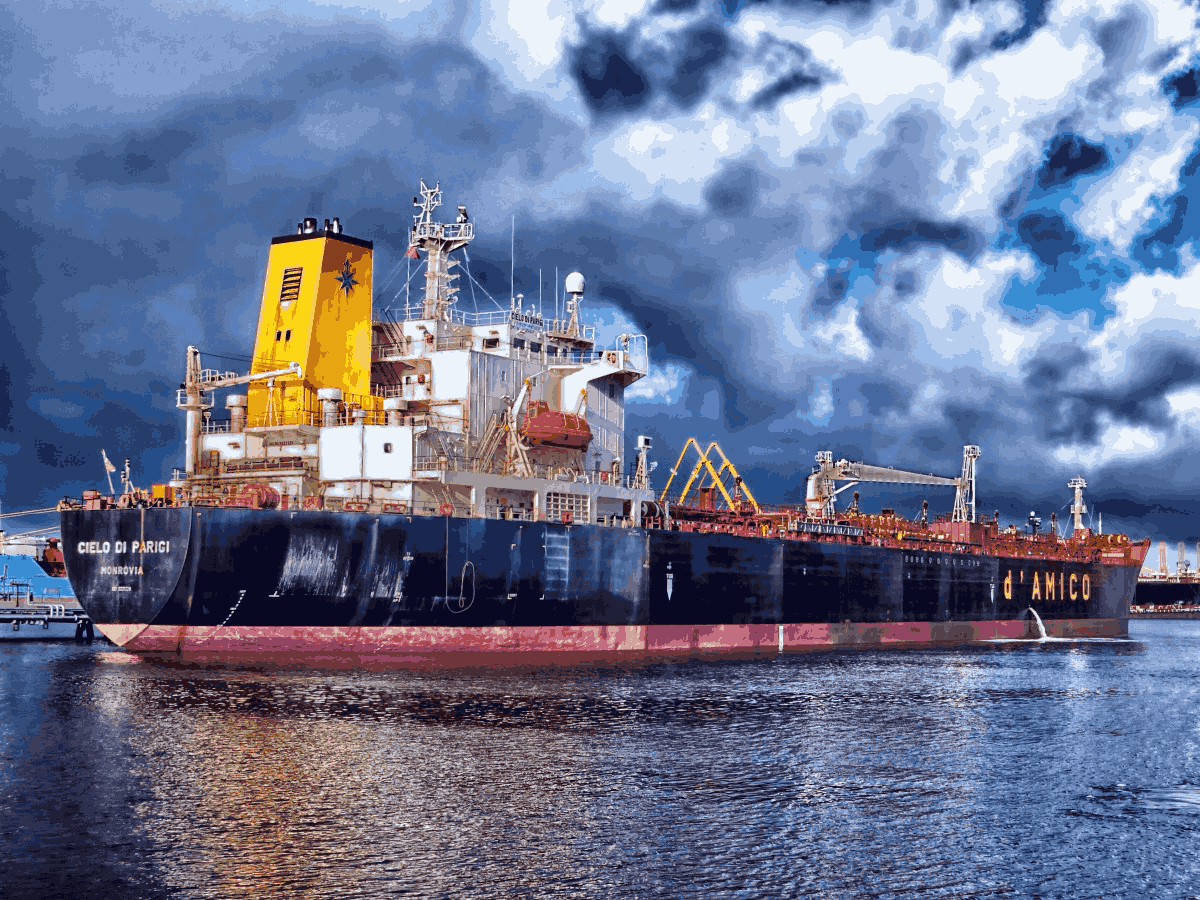Understanding the ALRS Publications: What Information Will You Get?
If you’re navigating the vast, intricate web of global maritime communication and safety operations, then you’re likely familiar with the Admiralty List of Radio Signals (ALRS). These publications serve as a critical resource for mariners, providing indispensable information for communication, navigation, and maritime safety. But with an expansive scope spread across multiple volumes, understanding the breakdown of this system can seem daunting.
This blog post dives into the comprehensive details of the ALRS publications and what information each volume offers. By the end, you’ll have a clear understanding of how this vital resource supports safe and efficient maritime operations.
What is the Admiralty List of Radio Signals (ALRS)?
The ALRS is a series of publications designed to assist mariners with vital information required for global communication, navigation, safety, and operational efficiency at sea. These publications are continuously updated to reflect the latest information and ensure accuracy.
The ALRS is divided into six key volumes, many of them further split into parts, to provide dedicated and specific guidance across various aspects of maritime operations. Each volume covers unique topics, ranging from global communication systems to navigation aids and pilot services.
Below is a detailed breakdown of the six volumes and the essential information they include.
ALRS Volume 1 (NP281): Maritime Radio Stations
What it Covers:
Split into two parts, this volume focuses on global maritime radio communications. It provides essential details to ensure seamless communication for vessels worldwide.
Key topics include:
- Global Maritime Communications:
Contact details for maritime radio stations to help mariners stay connected while at sea.
- Satellite Communication Services:
Information on satellite systems such as INMARSAT, vital for long-range communication.
- Coastguard Communications:
Contact details for coastguard stations to report incidents or seek emergency assistance.
- Maritime TeleMedical Assistance Services (TMAS):
Procedures on how to request medical guidance while at sea.
- Radio Quarantine and Pollution Reports:
Instructions for reporting pollution or quarantine issues via radio communication.
- Anti-Piracy Contact Information:
An up-to-date table of contact details for anti-piracy support.
Why It Matters:
This volume ensures mariners have reliable channels for general communication and emergency contact.
ALRS Volume 2 (NP282): Radio Aids to Navigation
What it Covers:
Split into two parts, this volume focuses on tools to aid navigation and ensures accuracy in positioning and timing.
Key highlights include:
- VHF Radio Direction-Finding Stations:
A listing of stations to improve location accuracy.
- Radar Beacons (Racons and Ramarks):
Information on radar beacons that assist in vessel navigation.
- Automatic Identification System (AIS) Aids to Navigation:
A directory of known operational AIS AtoNs for added maritime safety.
- DGPS Radio Beacons:
Stations transmitting Differential GPS corrections for precise positioning.
- Time Systems:
International standards and daylight-saving time schedules.
- Radio Time Signal Procedures:
Guidelines for accessing official radio time signals for accurate on-board timekeeping.
Why It Matters:
Accurate navigation is critical at sea. This comprehensive volume eliminates guesswork through detailed navigation aids and precise timing.
ALRS Volume 3 (NP283): Maritime Safety Information Services
What it Covers:
Also divided into two parts, this volume details maritime weather and safety communications essential for voyage planning and execution.
Key topics include:
- Maritime Weather Services:
Broadcast details for weather updates to ensure safe navigation.
- Radio Weather & Navigational Warnings:
Comprehensive information on what warnings to expect and how to receive them.
- NAVTEX and EGC Services:
Coverage of broadcast services with detailed frequency and content information.
- Submarine & Gunnery Warnings:
Critical updates related to Subfacts and Gunfacts.
- Radio-Facsimile Stations:
Frequencies for accessing weather maps and forecasts.
Why It Matters:
Good decisions start with reliable information, and this volume ensures you have the details you need to safely plan your routes.
ALRS Volume 4 (NP284): Meteorological Observation Stations
What it Covers:
This volume focuses exclusively on meteorological observation stations, listing every station globally to help mariners monitor weather conditions.
Key highlights:
- Comprehensive database of meteorological observation stations worldwide.
Why It Matters:
Up-to-date meteorological data is critical for anticipating and preparing for weather challenges at sea.
ALRS Volume 5 (NP285): Global Maritime Distress and Safety System (GMDSS)
What it Covers:
This volume delivers an in-depth overview of the GMDSS, a system mandated for international distress and safety at sea.
Key topics include:
- Worldwide Communication Requirements:
Detailed guidance for distress, search, and rescue (SAR) communications.
- SOLAS and ITU Regulations:
Vital extracts to ensure compliance.
- NAVTEX and EGC Services:
Fundamentals for accessing Maritime Safety Information (MSI).
- Worldwide NAVAREA and National Coordinator Contacts:
Contact details to access navigational warnings and MSI services.
Why It Matters:
When safety is at risk, fast and reliable communication is vital. This volume equips mariners to respond to emergencies effectively.
ALRS Volume 6 (NP286): Pilot Services, Vessel Traffic Services, and Port Operations
What it Covers:
Split into eight parts, Volume 6 is the most detailed series and offers information related to pilotage, port operations, and vessel traffic management.
Key highlights include:
- Pilot Service Information:
Contact details, procedures, and availability of pilotage services worldwide.
- Vessel Traffic Services (VTS):
Information on mandatory and recommended VTS services to enhance traffic management.
- Ship Reporting Systems:
Details of national and international ship reporting systems.
- Port Operations:
Procedures and communications information for ports globally.
Why It Matters:
Efficient management of vessel traffic and port operations reduces delays and enhances safety.
Why the ALRS is Vital for Mariners
The ALRS is a linchpin in maritime operations, ensuring vessels remain connected, informed, and safe. From real-time navigation aids to contact details for emergencies and operational guidance, these publications are indispensable tools for mariners.
Benefits of Using ALRS:
- Safety:
Provides critical communication protocols to enhance safety during emergencies.
- Efficiency:
Saves time with detailed information for seamless operations.
- Reliability:
Regular updates ensure accuracy and relevance of the data.
Take the Next Step in Navigational Mastery
For mariners across the globe, the ALRS is so much more than a guide; it’s a partner at sea. By integrating these publications into your navigational toolkit, you’re ensuring not just compliance, but safer, more efficient, and informed voyages.
Need more guidance on how to use the ALRS effectively? Contact our team of experts or explore our training resources to better understand these invaluable tools.

